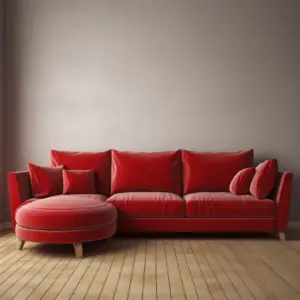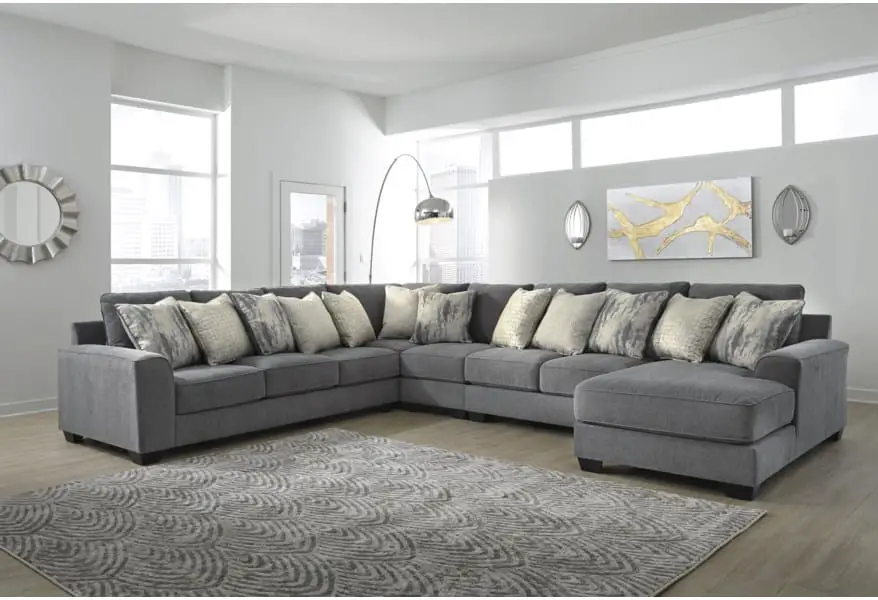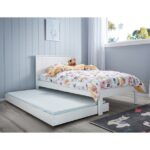There’s almost nothing like the feeling of lounging on a sectional couch. These excellent pieces of furniture are exceptionally adaptable, making them a favorite spot for napping and relaxing; thanks to their practical shape.
But, what do you do if the individual pieces begin to drift apart? Well, we discussed methods that can help hold your sectional sofa together without leaving visible signs of a contraption. Moreover, we will help you understand what makes sectional separate from other related issues.
Table of Contents
Ways on How to Keep a Sectional Together

There are various ways you can go about keeping your sectional couch in place. The most suitable method for you will depend on the specific details of your case. To assist you with choosing the best strategy, we will explore these means of keeping your sectional sofa together.
First, Check the Built-In Hardware
Before you jump into any of the possible means of resolving your sectional, it’s important to take a look at the existing connection components. Most sectional couches feature a set of connecting hardware pieces. These pieces usually have male and female components that connect to each other.
Sometimes, the reasons why your sectional is sliding apart could stem from the existing hardware, where it is either disconnected or broken.
If the connecting pieces have become detached, you will just need to reconnect them. Get a friend to help you move the pieces back into the right spot and you should be good to go.
In another scenario, your sectional may be drifting apart because the hardware has come loose or broken.
Fastening or tightening the connections could be an easy DIY project in the first case (where components are simply disconnected).
However, you’ll definitely need to find a replacement if you’re dealing with pieces that are truly broken. Calling in your sofa manufacturer can be a great place to start.
In another case, it’s also possible that your sectional sofa is separating because its connecting pieces simply do not work properly even when they are not damaged. If that’s your case, consider using the following tips and techniques.
Keep the Legs in Place
At times, the reason why your sectional is becoming apart can be attributed to the way the legs connect with the floor underneath. For instance, your sectional is likely to move when a person sits on it if there is insufficient friction between the legs and the floor. Below are the three approaches you can apply to resolve this issue:
- Make sure the floor is clean
- Add an area rug or change the floor surface material
- Use rubber pads
Note that these tips address a different way that a sectional sofa can slide. Sometimes you might want to use more than one of those approaches to keep your sectional still. Now let’s get closer to a more specific, detailed solution:
Using Store-bought Connectors
In case your sectional sofa has missing components or you don’t have standard sectional connectors ready, you can visit your local hardware store for gate hooks and latches.
These hardware pieces should secure a sectional when used properly. Gate hooks with spring and lock will successfully hold the sectional sofa just like specialty sofa connectors.
Sectional Connectors
There are various sofa connectors that are marketed as helpful solutions to keep a sectional from sliding. Whether you choose a stretchy rubber band to put around the furniture legs or opt for a furniture clip that fits snugly underneath the couch, this solution works fairly well.
Keep in mind that the band types of connectors are usually dark and fit at the top of the furniture legs so that they are not easily visible.
Plastic Zip Ties
Plastic ties are not only helpful for keeping your TVs and computers neat. You can easily secure your sectional sofa together with plastic cable ties. These pieces make a cheap yet effective solution for people who are not particularly accustomed to hardware installation.
Make sure to pick white toes for light-colored furniture legs or darker ties for more obscured legs. If you want to move the sectional couch, simply cut the ties, dislocate the sofa pieces and fasten the legs together at the joints with new cables.
You might want to slide the connector parts towards the back of the leg to hide them well. Note that to keep your sectional pieces from sliding, you only need to place the ties to each section’s front and back. Lastly, don’t forget to cut the excess tail that might stick out after tightening the tie.
Using Slide-Bolt Latches

Another way to keep your sectional in place is through the use of slide-bolt latches. You can hide a latch underneath connector pieces of a sectional so the sofa pieces stay put. Grab some hardware from your local hardware store. We suggest that you pick a latch with a locking spring mechanism for best results.
That said, be careful with the style and course of how you install the latch as some open to the right or to the left when you want to make adjustments.
Connecting Brackets
Most sectionals are delivered with their own hardware to connect necessary pieces together at the joints. Still, you might want to pay a visit to your local hardware store for some brackets.
Choosing a bracket-style with two or three eyes on either side will help ensure that it’s long enough to extend and overlay the neighboring undersides of the sectional.
Use screws to secure the brackets in place so that the sectional parts will not slide or drift apart easily. Check that the brackets are secured at the joints of the sectional for the best results.


